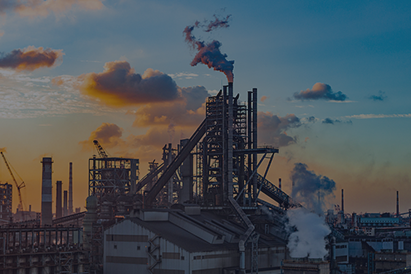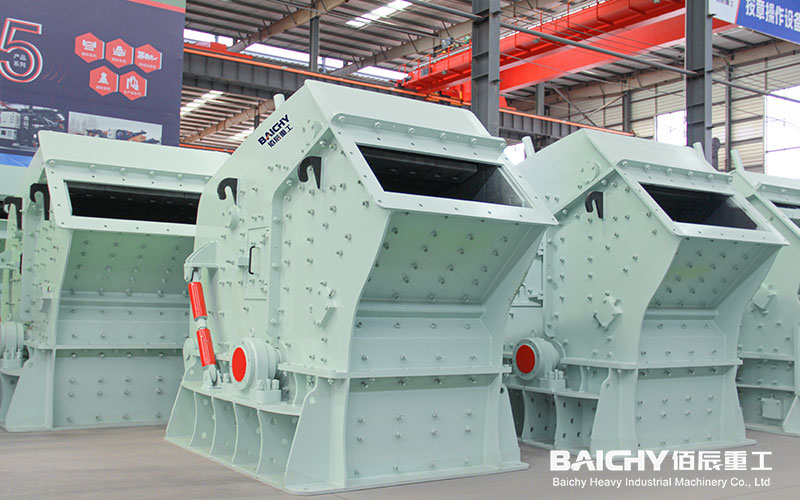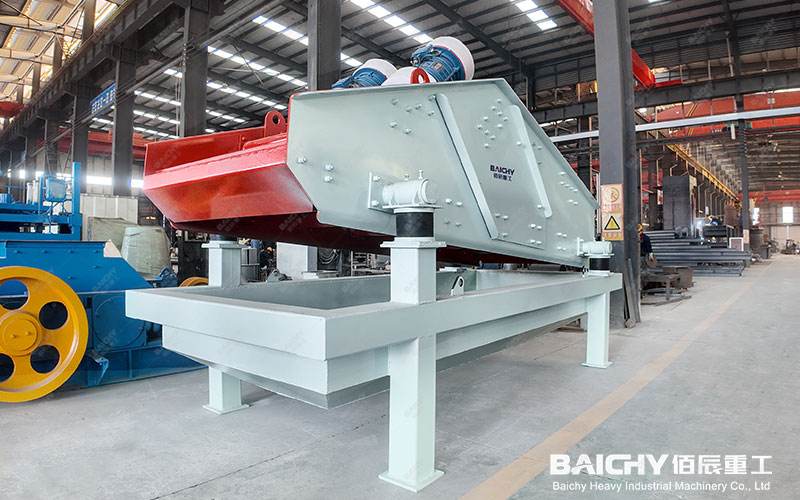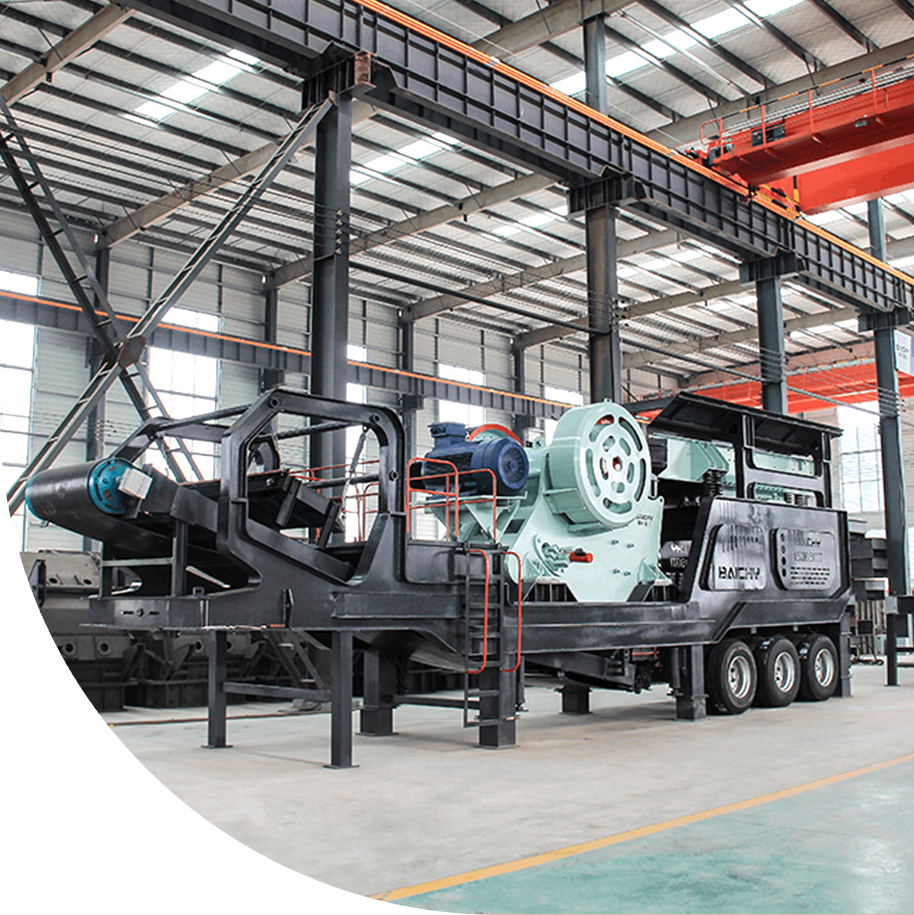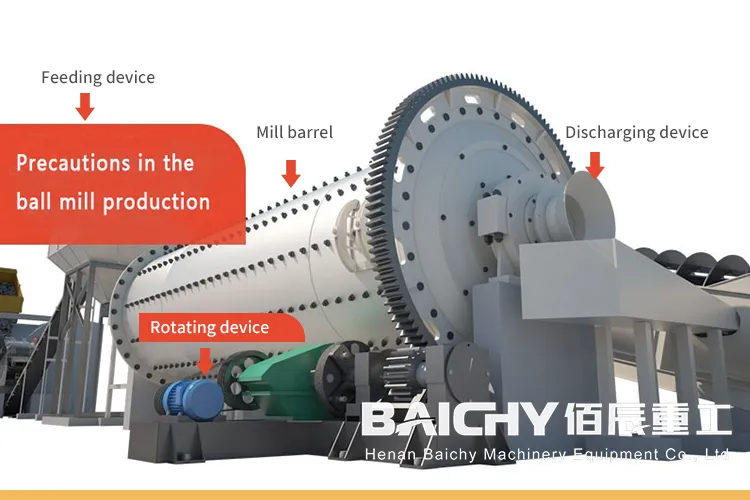
The role and importance of cement raw material ball mill
In the cement production process, the raw material ball mill is one of the key equipment, which is mainly used to grind raw materials such as limestone, clay, iron ore into fine powder to ensure the quality of subsequent calcination and finished products. An efficient ball mill can not only improve the grinding efficiency, but also reduce energy consumption, which directly affects the production cost and economic benefits of the cement plant.
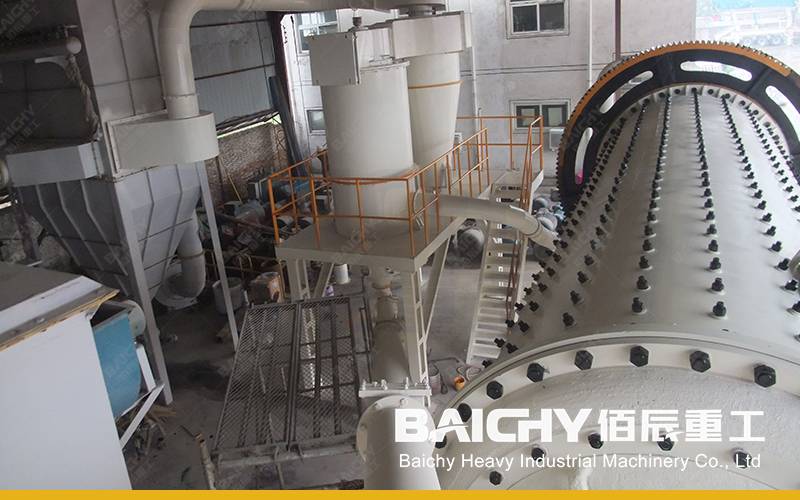
Structure and composition of cement raw material ball mill
The ball mill commonly used in cement plants is mainly composed of the following core components:
• Cylinder: welded with high-strength steel plates, lined with wear-resistant materials (such as high-chromium steel, rubber lining).
• Grinding media: steel balls or steel segments, different specifications and ratios affect the grinding efficiency.
• Transmission system: including motors, reducers, gears, etc. to ensure stable operation.
• Feeding and discharging devices: control raw material input and finished product output to optimize the grinding process.
Working principle of cement ball mill
1. Feeding stage: The raw materials enter the cylinder through the feed port and mix with the grinding media.
2. Grinding stage: When the cylinder rotates, the steel balls are lifted to a certain height under the action of centrifugal force and then fall down to impact and grind the materials.
3. Discharging stage: The powder that meets the fineness requirements is discharged through the sieve plate, and the coarse materials continue to be ground.
Key parameters affect efficiency:
• Speed: The efficiency is highest when the critical speed is 60%-75%.
• Filling rate: The best ratio is 25%-35% of the cylinder volume.
• Material moisture: Generally controlled at ≤1.5%, too high will easily lead to paste grinding.

Cement plant ball mill selection guide
1. Select by production method
• Open circuit ball mill: Simple structure, suitable for coarse grinding or scenes with low fineness requirements.
• Closed-circuit ball mill: With powder selector, the finished product fineness is more uniform and the energy consumption is lower
2. Select by specification
| Model | Diameter of cylinder (m) | Processing capacity (t/h) | Motor power (kW) | Applicable scale |
| Φ1.2×4.5 | 1.2 | 5-8 | 55 | Small cement plant |
| Φ2.4×7 | 2.4 | 25-30 | 400 | Medium-sized production line |
| Φ3.8×1 | 3.8 | 80-100 | 2500 | Large cement plant |
3. Energy-saving optimization plan
• Use frequency conversion technology: adjust the speed and reduce no-load energy consumption.
• Upgrade lining material: For example, rubber lining is 30% lighter than manganese steel lining, reducing power loss.
• Optimize steel ball ratio: large ball impact, small ball grinding, improve overall efficiency.
FAQs
Q1: What are the advantages of cement ball mills over vertical mills?
Ball mills are highly adaptable, can process high-hardness materials, and have low maintenance costs; vertical mills have lower energy consumption, but high investment costs.
Q2: How to solve the high noise during ball mill operation?
Check whether the liner is loose and whether the steel ball filling rate is too high. Install a soundproof cover if necessary.
Q3: How to determine whether the liner of the ball mill needs to be replaced?
When the liner wear thickness exceeds 50% of the original design, or cracks or bolts are broken, it needs to be replaced.
Choosing a suitable cement raw material ball mill is crucial to improving production efficiency. Baichy Heavy Industry provides a full range of ball mills from φ1.2-4.5m, supports customized design, and saves more than 30% energy.
Further reading:



